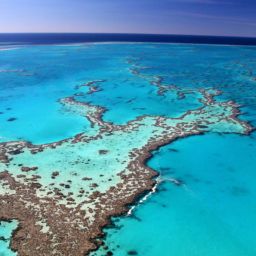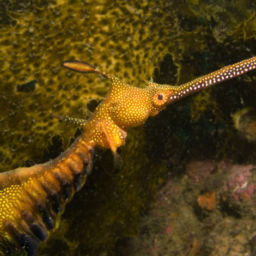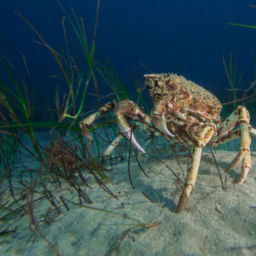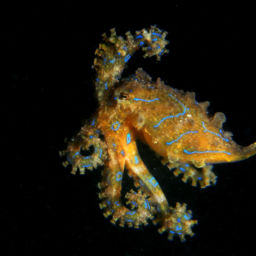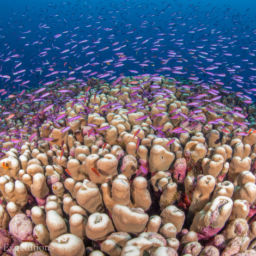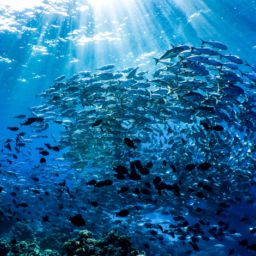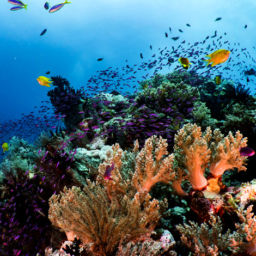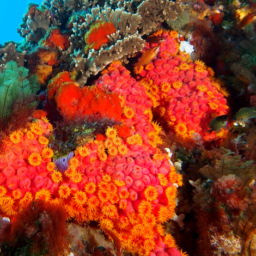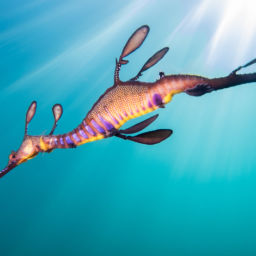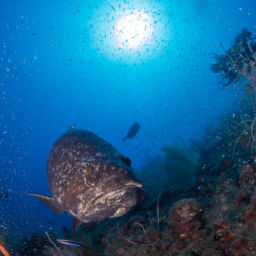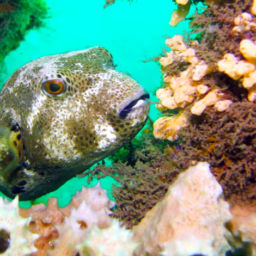You may have heard of or seen photos of the amazing giant spider crab migration in Australia. Mounds of squirming bodies and jutting limbs cover the ocean floor in a scene reminiscent of an Alfred Hitchcock film. While this may sound creepy, it’s actually one of the ocean’s most fascinating and least-understood phenomena. Only recently, David Attenborough’s “Blue Planet II” covered in-depth the annual migration in Blairgowrie, Victoria, Australia. However, the widespread media attention has had a negative effect. Each day during the migration, fisherman have descended on the molting crabs. They collected them by the trolley-load until — within a week — they had fished out most of the aggregation. Those that remained had to molt their shells alone, vulnerable and without the group’s protection.
An iconic migration
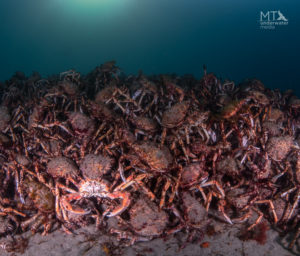
Every year in the waters off Melbourne, Australia’s second-largest city, tens of thousands of giant spider crabs climb out of the ocean depths and head toward the sandy shallows to molt their shells. They do this by forming huge and impressive mounds. While appearing chaotic, these formations protect the vast majority of crabs by creating safety in numbers. The annual migration attracts thousands of giant spider crab enthusiasts and general ocean lovers to the molting sites. Because of the shallow water, people can dive, snorkel or simply watch from above with amazement at the hectic spectacle occurring below.
The issue
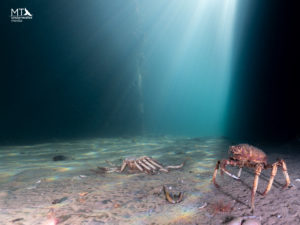
Most years this event draws little notice except within the marine community, as the crabs are essentially inedible. The animals usually molt without incident and return to their deep-ocean homes. However, with all the recent attention, opportunistic amateur crab fishers have descended en masse to catch the legal bag limit of crabs each day, which currently sits at 30 crabs per person per day. With hundreds of people catching their 30, within a week estimates put the catch to be more than 10,000 spider crabs. By the time the crabs were ready to clump up and molt, very few individuals remained. Not only is this a problem for the crab population, but it also affects the huge number of stingrays, sharks, seals and birds that rely on the crabs as a food source to get through the cold winter months.
The government has never classified spider crabs as a commercial species or considered it an animal at risk of excessive collection. Thus, there is no protection available to stop the rampant overfishing. The effects of the current population being all but wiped out is currently unknown. Research on the migration and the total number of crabs is non-existent.
What can you do?
Spider Crab Alliance is a local community group that has recently formed to protect these iconic animals and their amazing annual migration. The group is calling for immediate research funding into better management and stewardship of the giant spider crab population; a ban on fishing spider crabs during their migration; an effective communication campaign that supports incoming regulatory changes to spider crab collection; and the erection of prominent signage at locations throughout the common crab locations.
To read more and support the campaign, sign the petition and follow the Spider Crab Alliance on Facebook.


